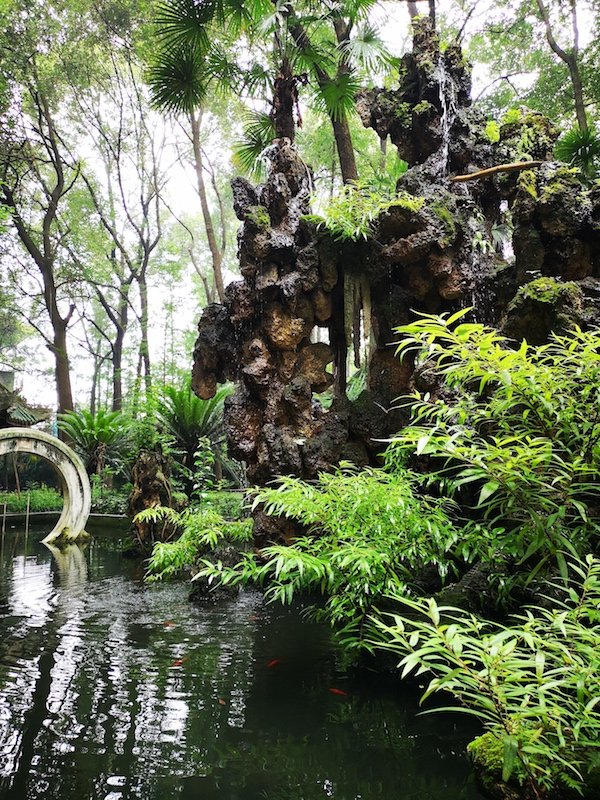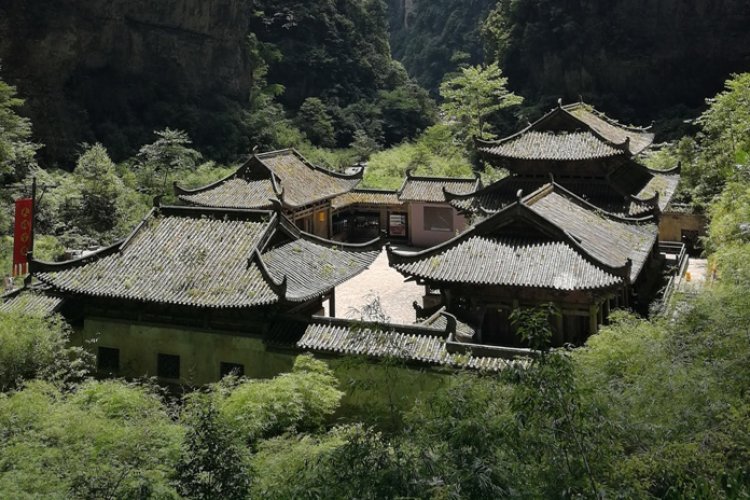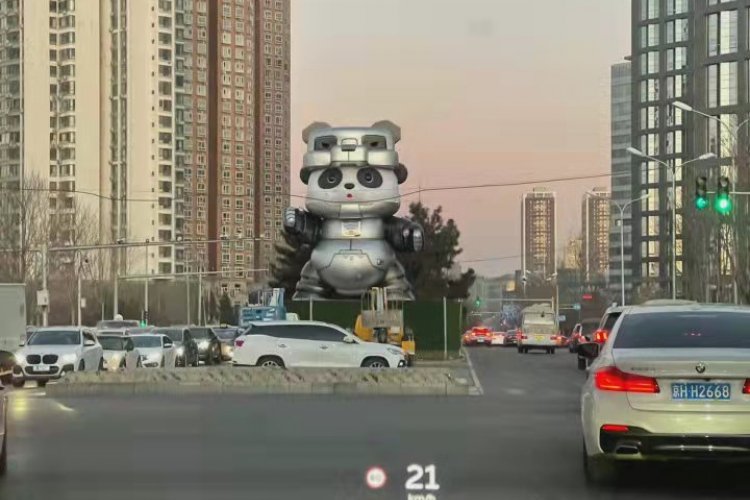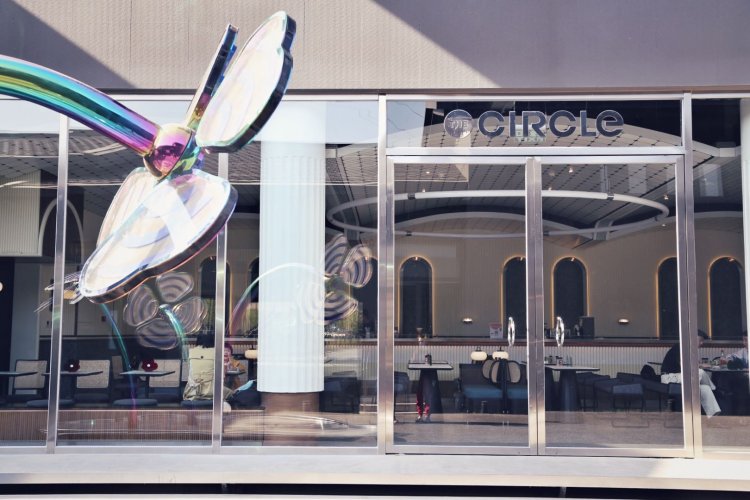Rediscover the Spice of Life With a Weekend Break in Chengdu
At first glance, Chengdu may not seem as much of a hot tourist destination as Beijing or Xi'an but in fact, that ends up being one of its biggest attractions. Perhaps it's due to the sticky summer weather but the pace of life just seems more relaxed in Chengdu and you will quickly find yourself settling into a pattern of pottering the streets (many of which have been renovated as shopping or entertainment districts) and popping into a teahouse for a pot of tea and a bowl of noodles. That being said, Chengdu is the main jumping-off point for visits to one of China's biggest tourist commodities, giant pandas, as well as further explorations in the rest of Sichuan province.
There are multiple flights to Chengdu from Beijing every day, as well as four G-class high-speed trains, the quickest being the G89, which leaves at 6.53am and takes around 7 hours 45 minutes. Both train and plane are similar in price, with the former costing around RMB 1,500 return and flights usually around RMB 2,000 return.
What to see

There aren’t many major sights to see in downtown Chengdu; the best experiences are often to be had wandering around the streets or relaxing in one of the city’s many teahouses. A great place to do a bit of both is People’s Park, which basically functions as a giant outdoor community center, with people practicing tai chi, singing opera, or simply hanging out and shooting the breeze.

Of course, Chengdu is also one of the best places in China to see pandas in their (relatively) natural habitat and you would be remiss to leave them out of your visit. Chengdu Research Base of Giant Panda Breeding is just 10km away from downtown, easily accessible by taxi (around RMB 40). The pandas are most active in the early morning, especially in the warmer months, so aim to get there just before the park opens at 7.30am and get in line for tickets. Saying that the park is busy would be an understatement but it’s also very large, so you can always find a quieter corner. There isn’t much indoor space, so be sure to bring plenty of sunscreen and insect repellant.
What to eat

Food is as much an attraction in Chengdu as pandas or teahouses. Named UNESCO’s first-ever City of Gastronomy, the signature of Chengdu's spicy cuisine is inked indelibly onto its culture and everyday life; you often will find that discussions with locals you meet there will end up revolving around the best place to go for dinner or where to go for late-night snacks (often while still eating dinner). You could spend several days eating at the city’s “fly restaurants” and food stalls but whatever you do, be sure you make time to eat now-world-famous Sichuan dishes such as mapo tofu and dan dan noodles. For the former, Chen Mapo Tofu Shop in the west of the city is the OG, while hole-in-the-wall restaurant Chun Yang Guan makes some of the city’s best dan dan noodles, as well as homemade wontons in chili oil that are fragrant and hot but not blow-your-head-off spicy. Chengdu-based blogger Trevor James, who posts under the name The Food Ranger, has a great guide to eating in Chengdu, with a particular focus on smaller, street food-style restaurants.

Of course, Chengdu isn't all bowls of noodles eaten on plastic stools. For example, stylish UG (高宅) in Taikoo Li serves both traditional and modern Sichuan dishes in an atmosphere that brings to mind a lounge bar more than it does a restaurant. Try the mapo tofu (including a version made with braised oxtail) and the confit rabbit with Sichuan bacon, served in the style of Thai lettuce wraps.
Where to stay

The huge, 42-story Dorsett Chengdu offers great value (rooms can usually be found on Ctrip or Booking for around RMB 400 per night) and a handy location on the intersection of subway Lines 1 and 4, which cover you going north-south and east-west, respectively. Service is much better and the rooms are much larger than the price would suggest. Alternatively, treat yourself to a stay at The Temple House (rooms from around RMB 1,600 per night), a sister hotel to Beijing’s very own The Opposite House. Located within Swire’s gorgeous open plan Taikoo Li development, which merges with several restored ancient buildings and temples, the hotel is a seamless blend of heritage and hospitality. Even if you can't afford to stay, pop by for a drink in the courtyard at Jing Bar after strolling around Taikoo Li.
READ: Get the Hell Out of Beijing for the October Holiday
More stories by this author here.
Instagram: @gongbaobeijing
Twitter: @gongbaobeijing
Weibo: @宫保北京
Images: Shutterstock, Robynne Tindall, courtesy of The Temple House







